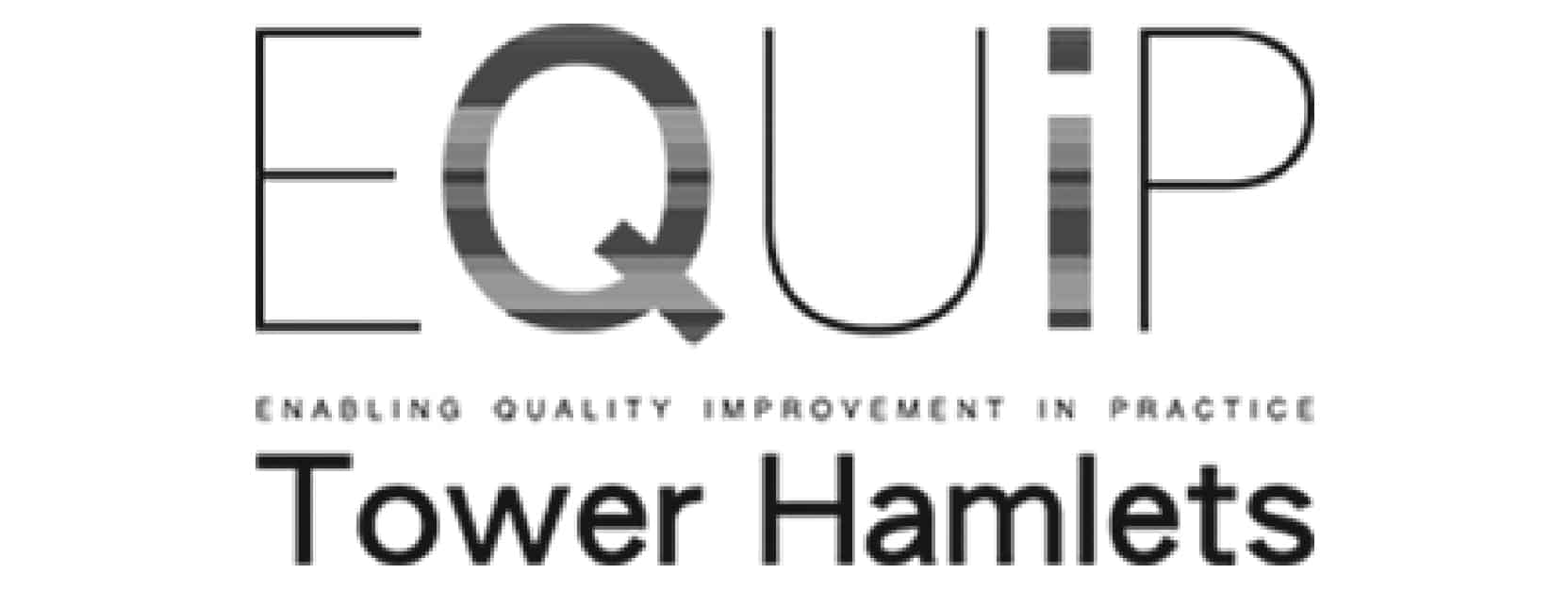Your Team Needs to Embrace Conflict

Your Team Needs to Embrace Conflict
Do you sometimes get frustrated by impromptu interruptions by team members who want to have a rant about other team members? If you are a leader, you may be thinking this is not what you signed up for. You did not spend years of training and working your way up the ladder to end up playing babysitter to a bunch of whiny, tantrum-throwing grown-ups who should know better.
One new leader once commented that in hindsight, she finally understood why 3 interviewers had repeatedly asked her similar questions about how she dealt with difficult people. They must have been giving her subtle hints about the team she was about to inherit! She has since found out that her predecessor had left without much notice. He’d had enough and walked out!
She had inherited a team that was constantly at war. She described the atmosphere as icy and morgue-like. She felt stuck and didn’t know what to do. Her situation isn’t the first of its kind. Does it sound familiar?
The good news is you’re not alone.
My own personal experience and over 15 years of working in the people and leadership development space means I have come across countless leaders who have confided that the people management part of their jobs is the most challenging. For new leaders, it often feels like luck plays a role in determining whether or not you will land an ideal team. Lucky or not, you can survive.
Five Ways to Help Your Team Make Conflict Healthy
1. Don’t wait for conflict to arise before you agree as a team how best to deal with it. Even if you already have some disagreements in your team, get your team together and agree a conflict protocol. How do you as a team want conflict to be handled in your team? Establishing a well-defined conflict protocol before any further issues arise means you have something to lean on when emotions are charged and people can’t be their most resourceful selves.
2. Don’t avoid conflict. Despite its bad reputation, conflict when healthy can be the source of invaluable wisdom and creativity in a team. In fact, our coaches and consultants get concerned when teams say there are no disagreements during our Team Development sessions. What does that say about the level of constructive interaction present in that team? Surely there must be disagreements that come from conflict of thoughts, experiences and culture?
We often come across very positive teams who avoid conflict for fear of damaging the great relationships between the team members. This usually comes at a high expense. One that can significantly impact the productivity within the team. According to Katzenbach & Smith in their book, ‘The Wisdom of Teams’:
“Real teams don’t emerge unless individuals on them take risks involving conflict, trust, interdependence and hard work.”
3. Understand and educate your team members. Provide training on how to have constructive interactions. Stress the importance of focusing on the ratio of positive to negative comments. In a research published in the Harvard Business Review, academic Emily Heaphy and consultant Marcial Losada examined the effectiveness of 60 strategic-business-unit leadership teams at a large information-processing company.
They found that the factor that made the greatest difference between the most and least successful teams was the ratio of positive comments (“I agree with that,” for instance, or “That’s a terrific idea”) to negative comments (“I don’t agree with you” “We shouldn’t even consider doing that”) that the participants made to one another. This is supported by several other researches including the well-known sandwich feedback technique which recommends praise followed by constructive feedback followed by more praise.
4. Watch out for what’s not being said. Toxic behaviours associated with conflict are usually visible long before conflict emerges. Watch out for snide remarks, disrespect, rolling of eyes etc. and get curious about them as soon as you spot them. When we help teams create their team contract during their Team Development sessions, we often educate them on toxic behaviours, how to spot them and how to effectively deal with these behaviours when they show up.
5. Ask for help. Don’t wait till you’re at breaking point before asking for help. Every leader should have a mentor, coach, HR partner or trusted adviser who they can use as a sounding board, without fear of being judged. Don’t wait till conflict in your team is unmanageable before you reach out for help. A problem shared is a problem halved.
Now, over to you… What are your top tips for dealing with conflict?
If you are currently dealing with conflict in your team OR are concerned about the lack of any disagreements on your team, get in touch for an informal chat about how we can help you develop a protocol.























